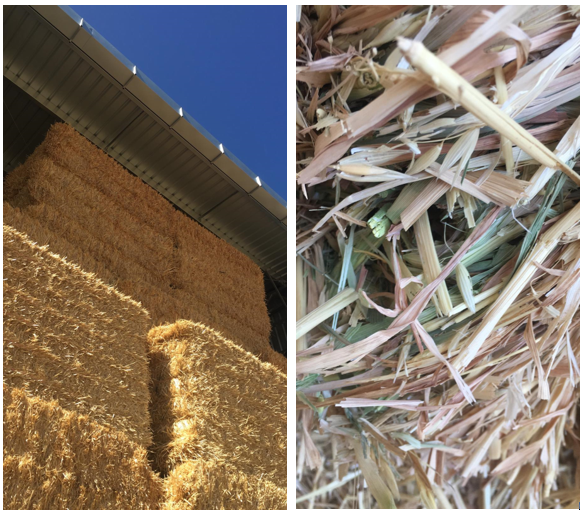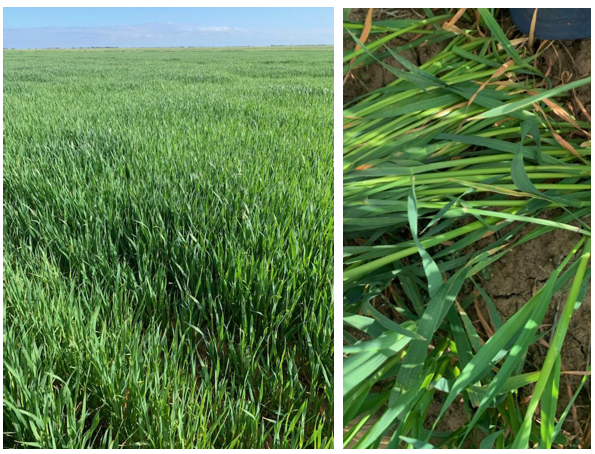Seasonal Update
Goulburn and Murray Valley – no significant rain to report this week. Crops in the area are doing well with the warm days. Many growers put out a second application of urea before the last rain. No rain to report in the last seven days in South West Victoria, the region has started to dry out, though not worryingly so. Any coming rainfall will be of benefit.
52mm of rain was recorded in the Margaret River area this week and northern parts of the wheat belt received a timely 20mm. Confidence has been restored in the west following more significant rain.
WA forecasts for rain in October, growers are wanting to make as much hay as possible before then. Reports suggest that the eastern parts have not received as much rain and crops are struggling.
No rain to report his week in Southeast SA, crops continue to do well. More rain would be ideal at the end of September.
Figure 1: Last Weeks Rainfall
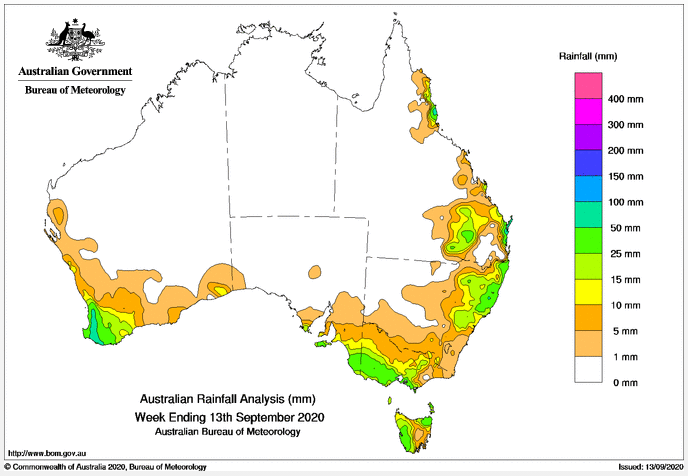
Figure 2: BoM 8-Day Rainfall Forecast
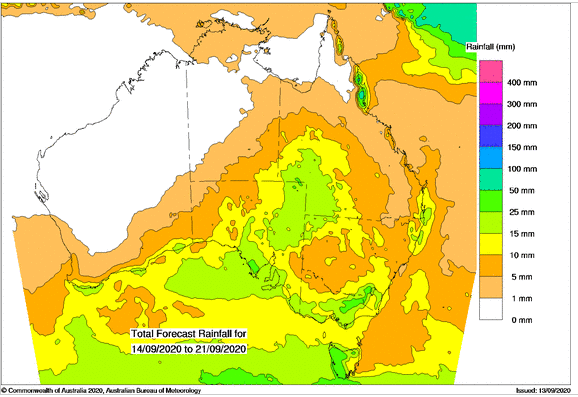
Figure 3: BOM-Australian Landscape Water Balance
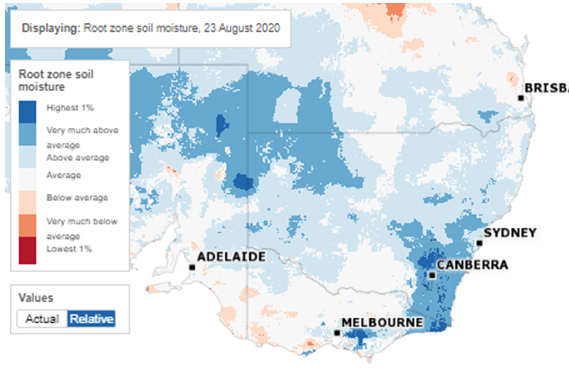
Figure 4: Precipitation Outlook
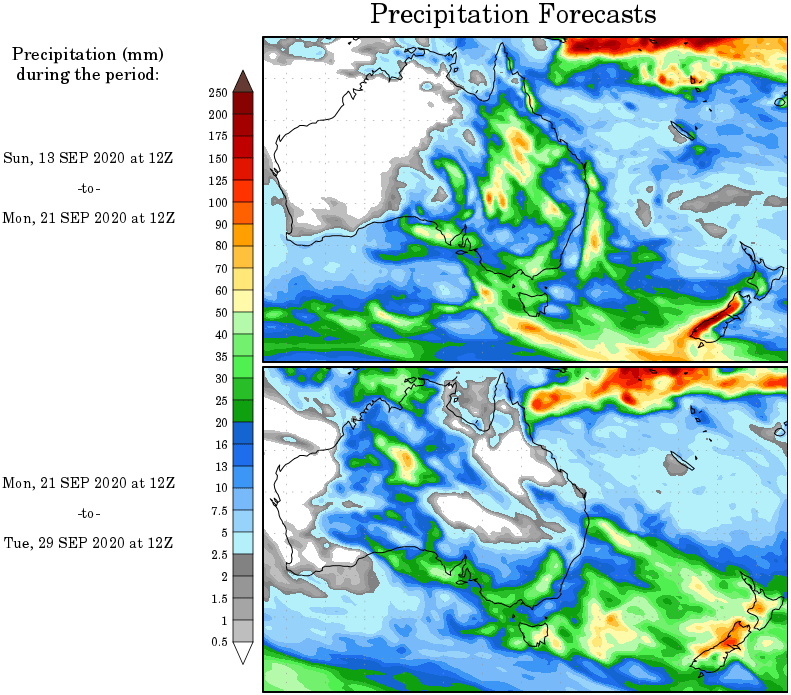
Trading and Marketing
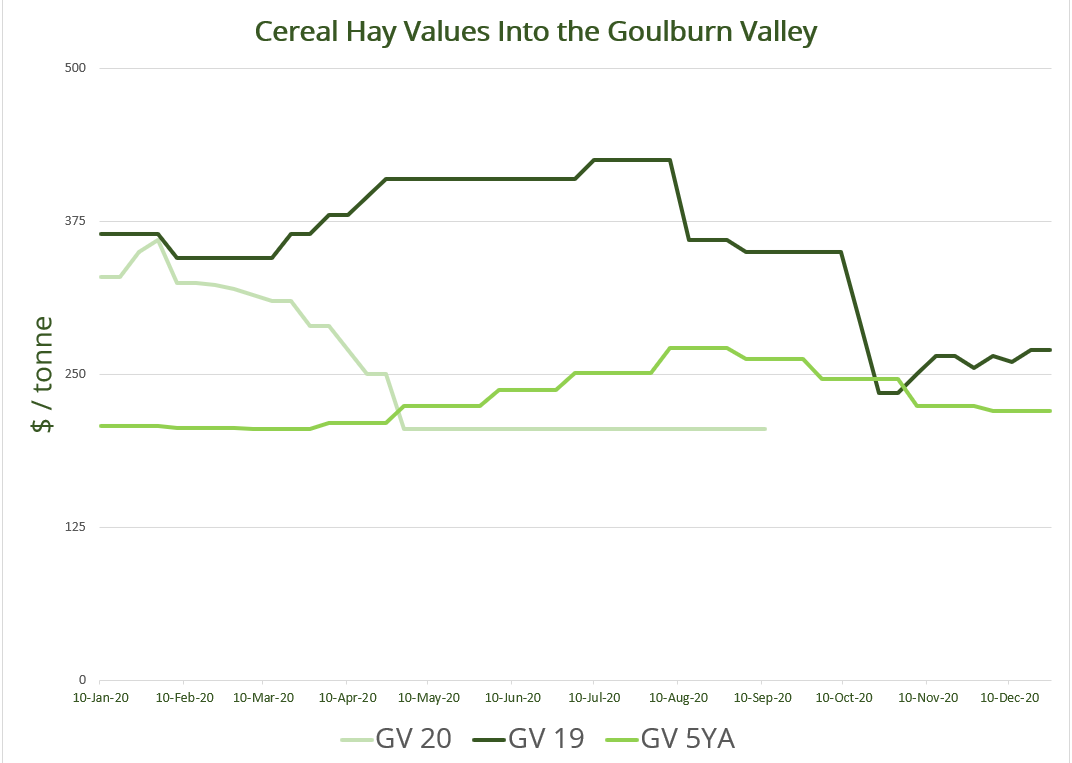
Victoria
| The cattle market continues its rally, and this has played a big part in lower demands for the time of year. We expect farmers will take the opportunity to increase stocks in preparation for any future downturn in conditions.
Advanced crops in Goulburn and Murray Valley are being made into silage, however most farmers are still four weeks away from cutting hay. Immediate need is low, offering a good chance to increase stocks and protect against an unpredictable future. Silage is being made and will increase towards the end of the month and into October in the South West of Victoria. There are still good supplies of local feed. Farmers are showing prudence, buying what they need to get through. Vetch continues to be cut in the Mallee. Many growers are making sure they have the undercover storage available to carry as much as they can with an abundant season forecast. All prices remain steady this week.
Western Australia
|

